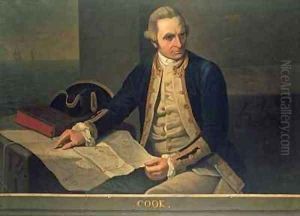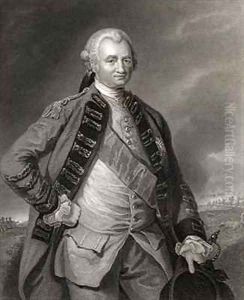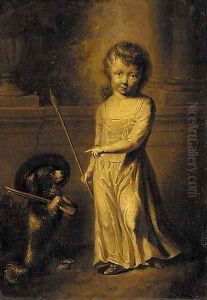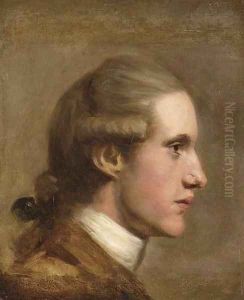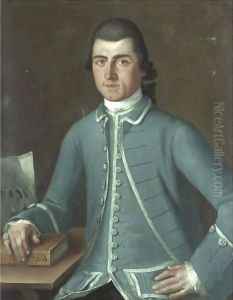Dance Holland, Nathaniel Paintings
Nathaniel Dance-Holland, born Nathaniel Dance on May 8, 1735, in London, was an English portrait painter and later a politician. The son of a wealthy architect, also named Nathaniel Dance, he was exposed to the arts at an early age. His younger brother, George Dance the Younger, would become a well-known architect and a Royal Academician.
Dance initially studied under the tutelage of Francis Hayman and later traveled to Rome in the 1750s to continue his education in the arts. There, he was influenced by the works of the Old Masters and the contemporary Italian painters. Dance's early work was primarily in the realm of history painting, but he is most renowned for his portraits. In Rome, he also befriended Angelica Kauffman, a Swiss Neoclassical painter who would also become a founding member of the Royal Academy in London.
Upon returning to London in 1765, Dance established himself as a portraitist. His portraits were known for their elegance and simplicity, often capturing the character and social status of his subjects. In 1769, Dance was one of the founding members of the Royal Academy of Arts, and he exhibited his work there for several years.
In 1773, Dance retired from painting at the height of his artistic career to inherit his father's estate. He changed his surname to Dance-Holland upon his marriage to a wealthy widow, Mrs. Dummer, in 1776. His dual surname reflects both his own and his wife's family names. Despite his retirement from professional painting, he continued to create art as an amateur.
Dance-Holland later ventured into politics, serving as a Member of Parliament for East Grinstead from 1790 until 1802 and then for Great Bedwyn from 1802 until his retirement from politics in 1806. During his political career, he supported the Tory party.
Nathaniel Dance-Holland died on October 15, 1811, in Winchester, Hampshire. Although he is less well-known today than some of his contemporaries, his work remains an important part of the British portrait tradition of the 18th century. His portraits can be found in major art collections and museums, such as the National Portrait Gallery in London.
